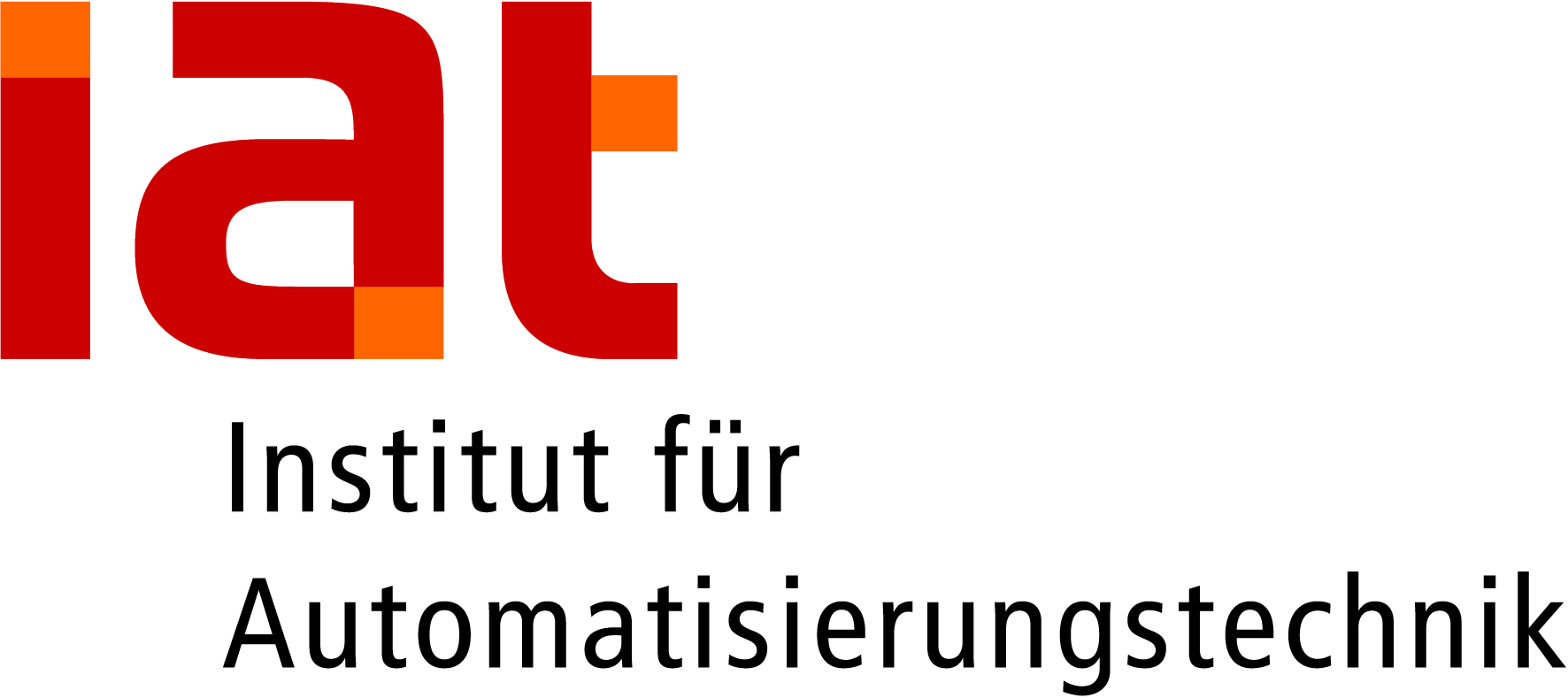DFG SPP 1984
Holistic Methodology for the Optimal Planning of Wide-Area Interconnected Hybrid and Multimodal AC-DC Power Systems under Uncertainties
Principal Investigator:
Prof. Dr.-Ing. Johanna M.A. Myrzik
Electric power industry for decades has faced the challenges ofmodern energy usage, which has been characterized by a strong dependency to electrical energy and consequently, to a steady increase of the demand of electricity with high reliability and quality. The current German and European energy policies concerning the energy transition and the reduction of CO2 emission requires a radical paradigm change of the whole energy supply landscape in the next 50 years. These issues have led to a transition from passive to active distribution networks (ADN), which shifts many operational management duties and planning issues from the transmission network to the distribution level. Thus, the concept of Smart Power Cells (SPCs) has been proposed to tackle the transition and future operation characteristics and it is defined as a controllable subsection of the power system where power-electronics-based electric distributed generators, storage devices and conventional, as well as flexible loads are interconnected via medium and low voltage AC-DC networks and multimodal interfaces. The future of the power systems can be projected as a power-electronics-based decentralized hybrid and multimodal AC-DC power system formed by a large and variable number of wide area interconnected and coordinated SPCs, which must be optimally defined from the planning stage. Consequently, this project will propose a holistic methodology for the planning of SPCs as cellular components for the expansion of wide-area interconnected hybrid and multimodal AC-DC power systems. The methodology is intended to consider an adaptable planning strategy, which allows its applicability to a comprehensive range of case studies with different time frames, planning types, business cases, technical requirements, geographical conditions, involved stakeholders etc.. Furthermore, key SPC’s planning features such as the integration of operational characteristics into the planning stage, the consideration of multiple contradictory planning objectives via a true-multi-objective planning problem and the effective modelling of high-level uncertainties will be contemplated in this methodology. Thus, it is expected that the methodology becomes a useful planning tool to first, identify and configure the planning-case based on initial planning conditions and the subsequent selection of the required mathematical models, optimization problem characteristics and solving algorithms, and second, the optimal procurement of possible Pareto solutions to accomplish a final decision making for the solution to the planning problem under complex operational characteristics and uncertainties.
Entwicklung neuartiger Regelstrukturen und reduzierte Ersatzmodelle für hybride und multimodale Weitbereich-Energiesysteme
DFG Projektnummer 360248793
Der Fokus dieses Projektes ist gerichtet auf eine ganzheitliche Systemuntersuchung zukünftiger hybrider und multimodaler Energiesysteme, welche maßgeblich durch Leistungselektronik gestützt sind. Dabei werden drei Ziele verfolgt:
- der Entwurf einer neuartigen Systemstruktur unter Berücksichtigung der aktuellen Energiesysteminfrastrukturen durch die Einführung einer sogenannten Smart Power Cell (SPC), das eine Koordination zahlreicher flexibler Lasten, multimodaler Schnittstellen und verteilter Erzeuger ermöglicht,
- die Entwicklung von Regelungsstrategien für eine koordinierte Interaktion eines SPC mit dem Übertragungsnetz, weiteren Smart Power Cells sowie Gas- und Fernwärmenetzen, und zuletzt
- die Entwicklung einer Methodik für die Ableitung von reduzierten dynamischen Ersatzmodellen zur Abbildung des dynamischen Verhaltens einer Smart Power Cell, basierend auf Verfahren zur Identifikation hybrider dynamischer Systeme.
Neuartige Methoden und Modelle zur Analyse von harmonischen Instabilitäten in Verteilernetzen mit einer hohen Durchdringung von leistungselektronischen Komponenten
Kooperationspartner: Prof. Dr.-Ing. Peter Schegner, Dr. Ing. habil. Jan Meyer, Technische Universität Dresden, Institut für Elektrische Energieversorgung und Hochspannungstechnik (IEEH)
DFG Projektnummer 360497354
Das übergeordnete Ziel der Studie ist die Analyse von harmonischen Instabilitäten im öffentlichen Niederspannungsnetz, welche durch eine hohe Durchdringung von leistungselektronischen Komponenten verursacht werden. Im Gegensatz zu klassischen stationären Oberschwingungsbetrachtungen steht das harmonische Verhalten bezüglich Immunität und Emission der Umrichtersysteme insbesondere ihrer Regelungssysteme im Fokus der Untersuchung. Um dieses spezifische Verhalten zu untersuchen, sind detaillierte White-Box-Modelle erforderlich. Diese Modelle werden im Rahmen dieses Projektes entwickelt. Zur Untersuchung der harmonischen Instabilitäten, des reduzierten Dämpfungseffekts und der Resonanzphänomene bei einer Massenimplementierung von leistungselektronischen Komponenten im Niederspannungsnetz werden vereinfachte harmonische Modelle entwickelt. Dazu werden detaillierten White-Box-Modelle in generische Black-Box-Modelle überführt. Zur Bewertung der entwickelten harmonischen Modelle im Labor werden Methoden zur Validierung und Parametrisierung dieser Modelle erarbeitet und geeignete Testsignale erstellt und angewendet. Eine vereinfachte Netzsimulation wird mit mehreren parallel implementierten Modellen durchgeführt, um die Funktionalität und die Eignung der harmonischen Black-Box-Modelle für die harmonische Lastflussberechnung zu überprüfen. Die Black-Box-Modelle sowie die Simulationsergebnisse der Netzsimulation werden im Anschluss im Labor validiert.

